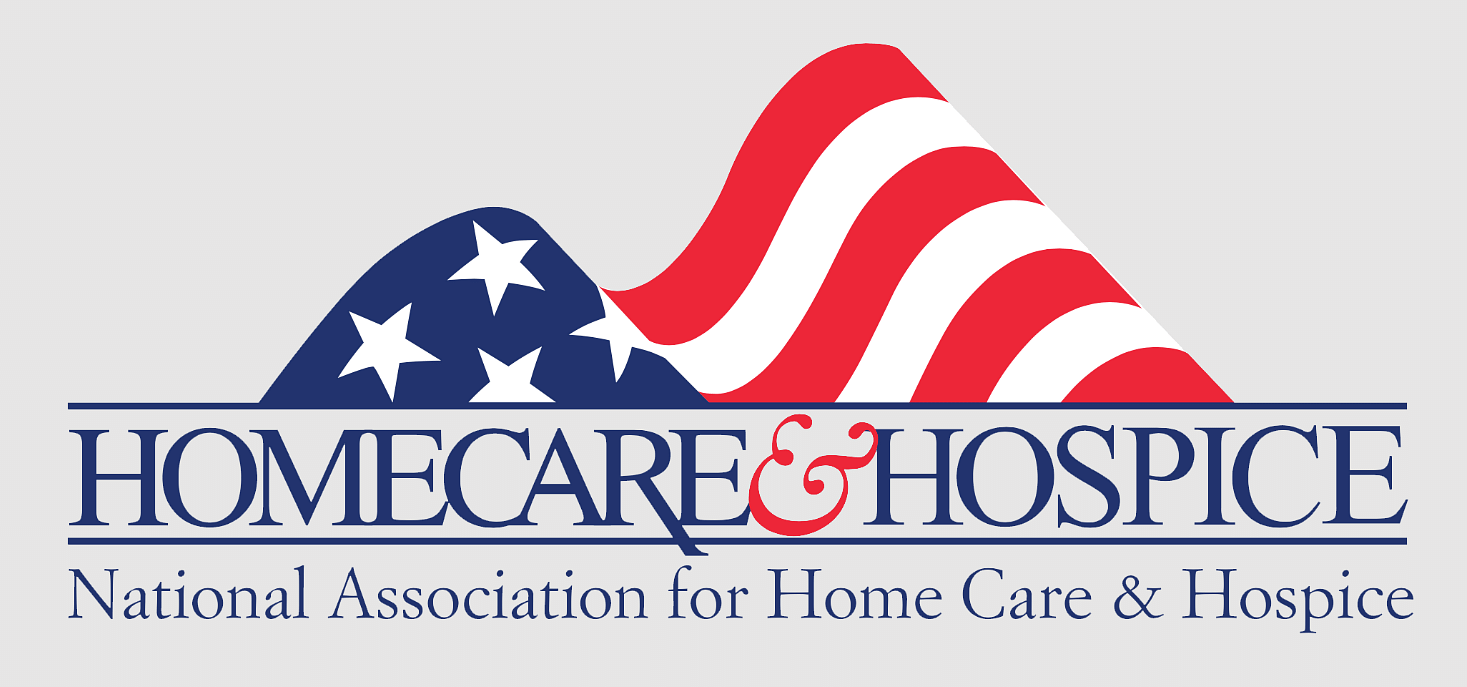Does Medicare Cover Hospice?
Choosing hospice can feel like stepping into a new world, which is why clear information about Medicare matters as much as compassionate care. What are the options for Medicare assistance? Our experts explain how the Medicare hospice benefit works, what it pays for, what families can expect, and how Anvoi Hospice helps you navigate each step with confidence.

The Short Answer
Medicare does cover hospice for people who qualify, and the benefit is generous by design. Coverage lives under Medicare Part A and includes the team, medications related to the terminal illness, medical equipment, and several levels of care meant to control symptoms and support families. Some small copays may apply, and room and board are not covered in most living situations. The following sections unpack the details in plain language.
Who Qualifies for the Medicare Hospice Benefit?
Eligibility centers on medical need and a personal choice. A physician must certify that a person has a life expectancy of six months or less if the disease follows its typical course, and the patient chooses hospice instead of treatments aimed at curing the terminal condition. This election does not mean all medical care stops; it means the focus shifts to comfort, safety, and quality of life. Recertification periods allow hospice care to continue as long as the person remains eligible, so families should not fear an arbitrary end date.
Where Care Happens
Hospice meets you where you live. Services can be delivered at home, in an assisted living community, in a nursing facility, or in a dedicated inpatient hospice unit when symptoms require intensive management. Medicare pays the hospice provider for the covered services, while the person or family remains responsible for rent or room and board in non-hospital settings. When symptoms escalate beyond what can be safely managed at home, Medicare covers general inpatient hospice care until stabilization is achieved, then the team helps transition back to the prior setting.
What Medicare Covers Under Hospice
The benefit wraps around the patient and family with a coordinated plan. Interdisciplinary support includes physicians, nurse practitioners, registered nurses, social workers, chaplains, certified nursing assistants, volunteers, and bereavement counselors. Medications related to the terminal illness and symptom control are included, which reduces pharmacy errands and out-of-pocket surprises. Durable medical equipment such as hospital beds, wheelchairs, oxygen, and specialized mattresses is delivered and maintained by the hospice provider. Supplies like wound dressings, incontinence products, and gloves fall under the benefit when tied to the terminal diagnosis. Education and caregiver training come built in, because confidence grows when people know what to expect and how to help.
The Four Levels of Hospice Care
Medicare recognizes that needs can change from day to day, so coverage allows the level of care to shift accordingly. Routine Home Care serves as the foundation, with regular visits focused on comfort, safety, and symptom management. Continuous Home Care provides extended nursing support during periods of uncontrolled symptoms when remaining at home is still appropriate. General Inpatient Care moves the person to an inpatient unit or hospital when complex symptoms demand around-the-clock clinical oversight. Inpatient Respite Care offers short stays in an inpatient setting to give family caregivers a rest while ensuring uninterrupted comfort and monitoring.
Costs and Copays You Might See
Most families are relieved to learn that hospice under Medicare does not require a deductible for covered hospice services. Modest cost sharing can apply in two areas. A small copay per outpatient prescription related to the terminal illness may be charged, up to a low dollar limit. A coinsurance of up to five percent may apply for each period of inpatient respite care. Transportation for symptom management related to the terminal condition is covered when medically necessary, while nonmedical or routine transport remains the family’s responsibility. Anvoi Hospice explains these details up front, because financial clarity helps everyone focus on what matters most.
What Stays Covered Outside of Hospice?
Election of hospice covers care related to the terminal condition through the hospice provider, yet Medicare still functions for unrelated care. Part B can continue to cover services not connected to the terminal illness, such as routine management of unrelated chronic conditions, preventive vaccines, or medically necessary diagnostics that do not pertain to the hospice diagnosis. Part D drug plans may continue to handle prescriptions unrelated to the hospice condition, while hospice supplies the medications needed for comfort and symptom control tied to the terminal illness. Coordinated communication prevents confusion at the pharmacy counter.
Hospice and Medicare Advantage
Many people with Medicare receive benefits through a Medicare Advantage plan. Hospice coverage still flows through the Medicare hospice benefit, while the plan often assists with care coordination and other services unrelated to the terminal condition. Families can expect the hospice provider and the plan to communicate about authorizations, pharmacy needs, and equipment delivery so that the overall experience remains smooth. Anvoi Hospice routinely coordinates with many plan types, which means fewer administrative headaches for families.
Services That Families Often Do Not Expect Are Included
Coverage reaches beyond the medical checklist. Caregiver teaching helps families learn safe turning, bathing, and medication routines. Social work visits address benefits, community resources, and emotional stressors that come with caregiving. Spiritual care, offered in a respectful and non-denominational way, supports meaning, grief, and legacy conversations. Bereavement support continues for the family after a death, usually for more than a year, because healing continues well beyond the last day of nursing care. These wraparound services reflect the heart of hospice.
What Hospice Does Not Cover
It helps to be equally clear about exclusions. Room and board in a private residence, assisted living community, or nursing facility are not covered by Medicare outside of approved inpatient hospice days. Curative treatments for the terminal illness are not covered once hospice is elected, although you retain the right to revoke hospice and resume curative care if your goals change. Treatments unrelated to the terminal condition may still be covered by Medicare as usual. Experimental drugs, non-formulary items unrelated to symptom control, and services not in the plan of care fall outside the benefit unless specifically authorized.
Can You Keep Your Personal Doctor?
Continuity matters when trust has been built over time. Many personal physicians continue to collaborate with hospice medical directors and nurse practitioners, bringing insight from years of care into the current plan. When a personal doctor prefers the hospice team to manage day-to-day needs directly, the hospice physician steps in fully, and regular updates keep everyone informed. Anvoi Hospice welcomes both models and prioritizes collaboration so patients feel seen rather than handed off.

Changing Your Mind or Switching Hospice Providers
Choice remains in your hands throughout the journey. You can revoke hospice at any time if you decide to pursue curative treatment, and you may re-elect hospice later if eligibility criteria are again met. You can also transfer care from one hospice provider to another if service preferences change or a move makes a different provider more practical. Medicare built flexibility into the benefit so that care can adapt to real life rather than forcing families to adapt to rigid rules.
Medications Under the Hospice Benefit
Medication confusion can cause stress, so a short primer helps. Drugs related to the terminal illness and symptom control flow through the hospice provider, which orders, delivers, and adjusts them as needs change. The hospice formulary covers common comfort medications, and alternative options can be requested when clinically appropriate. Prescriptions unrelated to the hospice diagnosis can remain under standard Medicare drug coverage, which means you may still use your usual pharmacy for those items. Anvoi Hospice reconciles all medications to avoid duplication, interactions, and unnecessary spending.
Equipment and Supplies Delivered to the Home
Comfort often improves when the environment supports safety and rest. Medicare covers durable medical equipment required by the plan of care, such as hospital beds, over-bed tables, commodes, pressure-relief mattresses, oxygen concentrators, suction machines, and wheelchairs. Delivery, setup, and maintenance are included, and the hospice team teaches proper use to prevent injuries and maximize comfort. Supplies tied to the terminal condition, including dressings, catheters, gloves, and incontinence products, are stocked routinely so caregivers are never left scrambling.
Caregiver Support and Training
Family caregivers carry a heavy load, and the benefit recognizes that reality. Nurses teach hands-on skills like safe transfers, medication timing, and skin protection. Social workers help with paperwork, community resources, and difficult family conversations. Chaplains support meaning-making and resilience, while volunteers may provide companionship or a brief break for errands. Respite care allows a short inpatient stay so primary caregivers can rest and regroup, which protects health and preserves the capacity to continue caring at home.
What Happens During After-Hours Needs?
Symptoms rarely follow a schedule, so reliable access matters. Hospice teams provide a 24-hour phone line staffed by clinicians who can triage, advise, or dispatch an urgent visit when needed. Many issues respond to simple changes in medication dosing, positioning, or equipment settings; others require an in-person assessment. Medicare recognizes these unscheduled needs as part of the core benefit, so families never have to choose between waiting it out or calling an unfamiliar service.
Cultural, Spiritual, and Language Considerations
Care that honors tradition and belief tends to ease anxiety. Hospice teams ask about cultural practices around illness, caregiving, and end-of-life rituals, then integrate those details into the plan of care. Spiritual care is patient-directed and can include clergy coordination, prayer, or quiet presence. Interpreter services are arranged when language differences could hinder understanding. Anvoi Hospice takes these preferences seriously, because dignity grows when people feel understood.
How Bereavement Support Works
Grief unfolds over months, not days, which is why bereavement services extend well beyond the last nursing visit. Family members can access counseling, support groups, educational materials, and check-ins tailored to their needs. Anniversaries, holidays, and first milestones often bring fresh waves of grief, and structured support helps families move through them with compassion rather than isolation. Medicare includes bereavement because hospice cares for the whole family system.
Common Myths That Deserve a Second Look
Some people fear that choosing hospice shortens life, yet research consistently suggests the opposite for several conditions, likely because good symptom control, fewer stressful hospitalizations, and careful attention to nutrition and sleep can promote stability. Others worry that pain medications will cloud thinking, although modern dosing strategies favor clarity and function. Many families also assume hospice arrives only in the last few days; in reality, earlier support often leads to better comfort, fewer crises, and more meaningful time together.
Why Anvoi Hospice Is a Strong Partner for Medicare Hospice
Experience matters when navigating coverage rules and clinical complexity. Anvoi Hospice pairs a seasoned interdisciplinary team with clear communication about benefits, costs, and care choices. Families receive practical teaching, quick responses to changing symptoms, and coordination with personal physicians and community resources. The result is care that feels personal and organized rather than rushed and confusing. When questions arise about what Medicare covers or how to arrange services, your Anvoi team answers with specifics rather than generalities.
Ready to Explore Hospice With Medicare Coverage?
A conversation can change everything, especially when uncertainty gives way to a plan that aligns with your values. If you believe hospice might be right for you or someone you love, contact Anvoi Hospice for a no-pressure consultation. Our team will verify Medicare eligibility, explain any potential copays, outline equipment and medication delivery, and build a personalized plan focused on comfort and dignity. Contact us today to find out how Medicare hospice coverage and Anvoi Hospice can help you write the next chapter with clarity, peace, and support.









